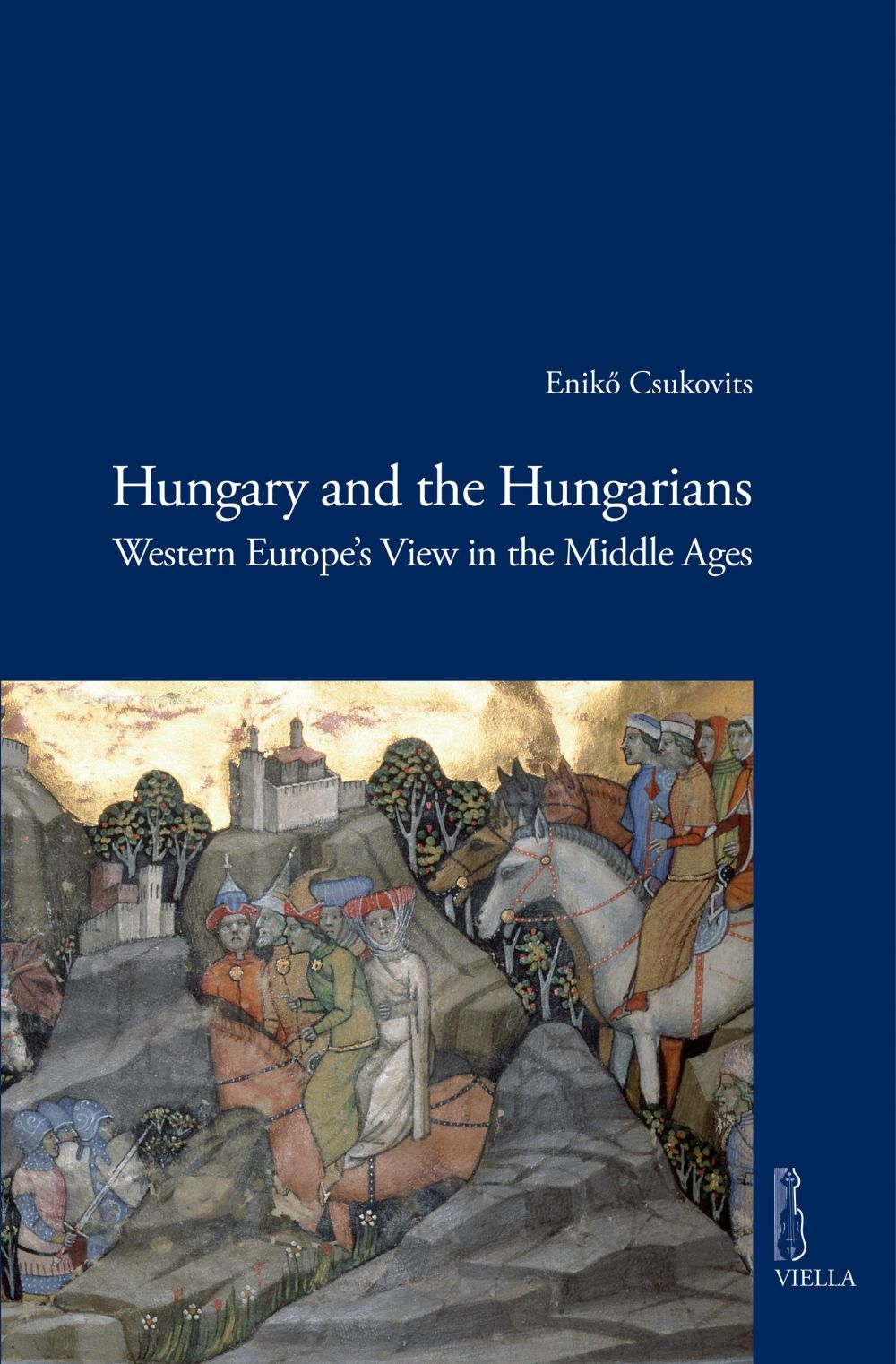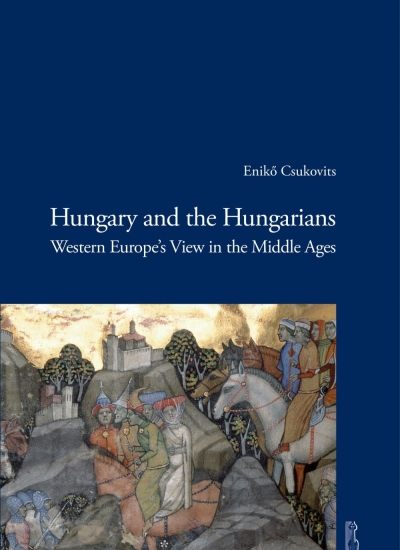Description
During the Middle Ages the majority of people in Western Europe never met any Hungarians. They didn’t even hear about them, as news about Hungary only reached Western Europe in times of extraordinary historical events– such as the adoption of Christianity at the turn of the 11th century, or the devastating Tatar invasion in 1241-1242. Obtaining information about the Hungarians from books was also difficult, as medieval Europe, even as late as in the 15th-16th centuries, lacked libraries that would have offered greater numbers of works on Hungary or on Hungarian topics. On top of it all, works that contained the most detailed and accurate information remained unknown, in their own period; posterity only found them in rare manuscript copies discovered much later. Yet once collected, we find that these sources, originating from distant parts of the continent and written for different purposes, contain information about Hungary and the Hungarians that most often reaffirm one another. This work examines these sources and sets out to answer four major questions: What did people in medieval Western Europe know, think, and believe about the Hungarians and Hungary? To what degree was this knowledge constant or fluid over the centuries that made up the medieval era, and were changes in knowledge followed by any changes in appreciation? Where was the country located in the hierarchy of European countries on the basis of the knowledge, suppositions, and beliefs relating to it? What were the most important elements in this image of the Hungarians and of Hungary, and which of them became the most enduring stereotypes?




